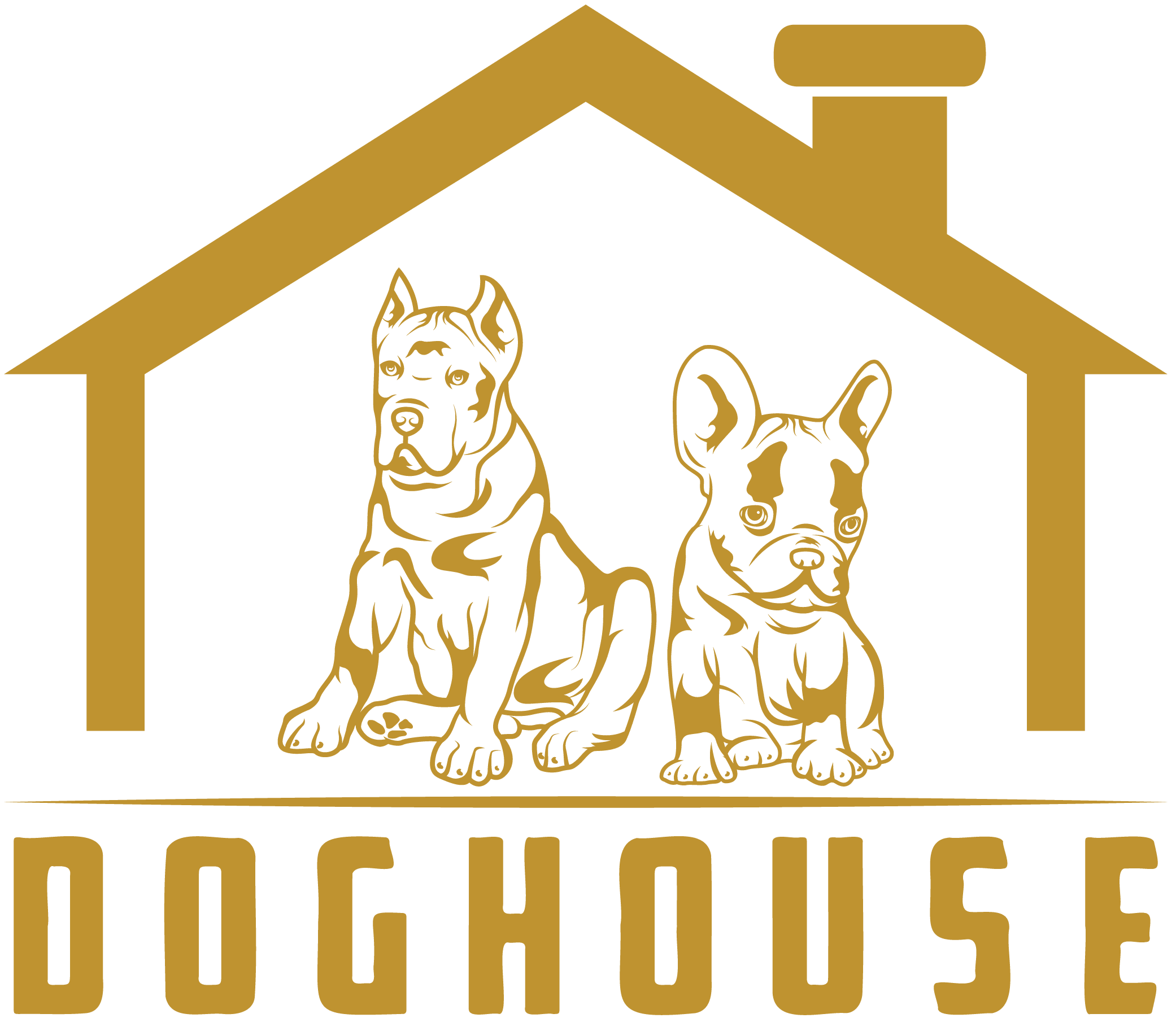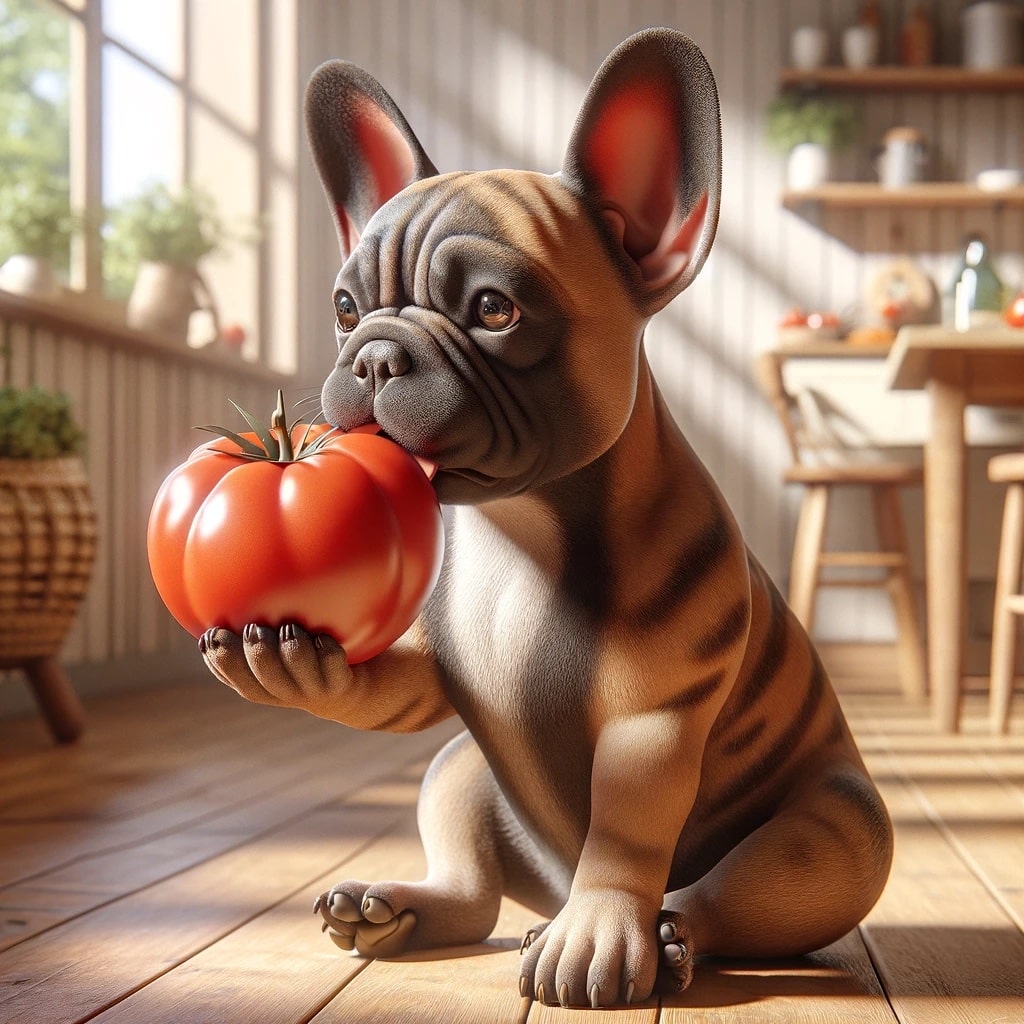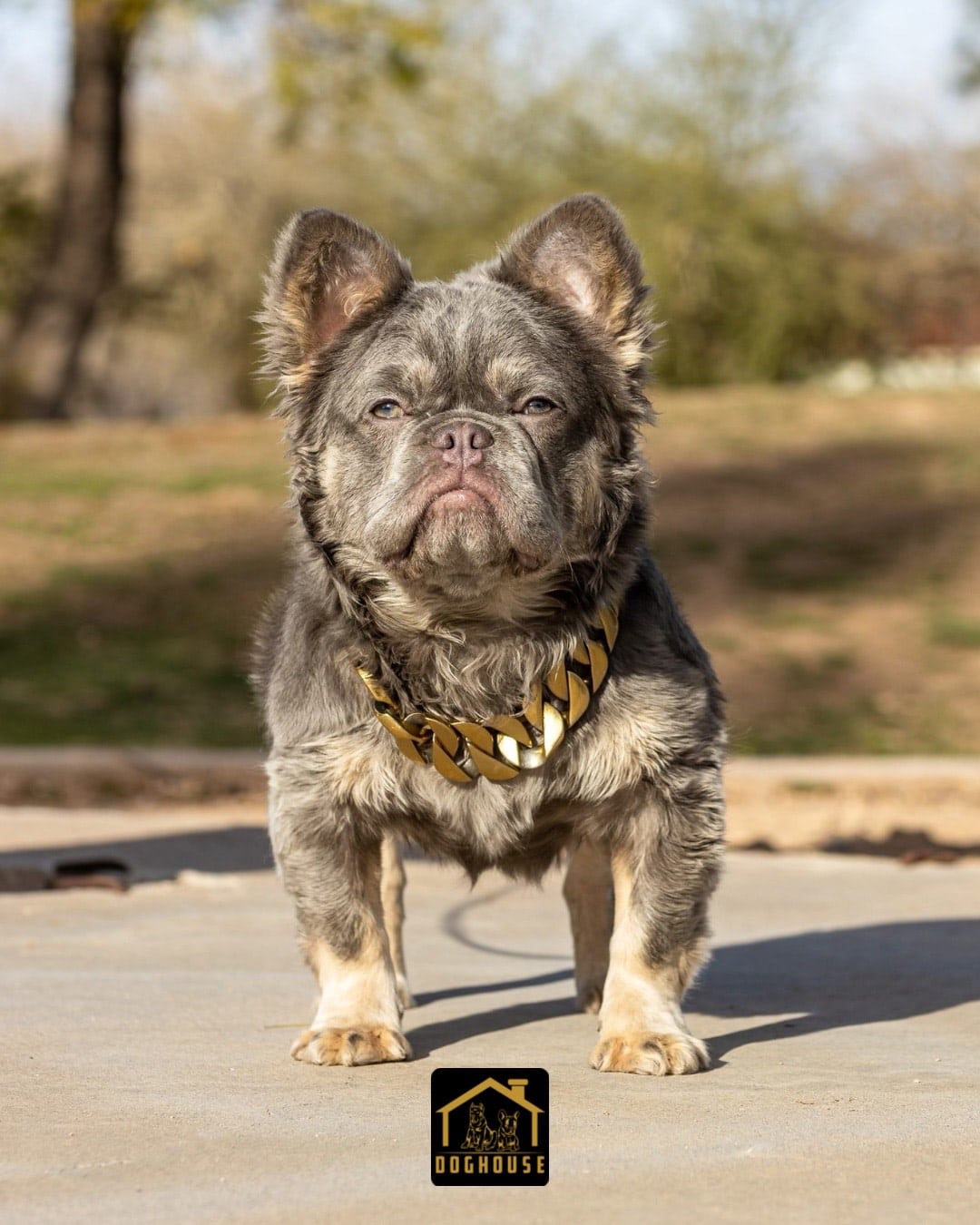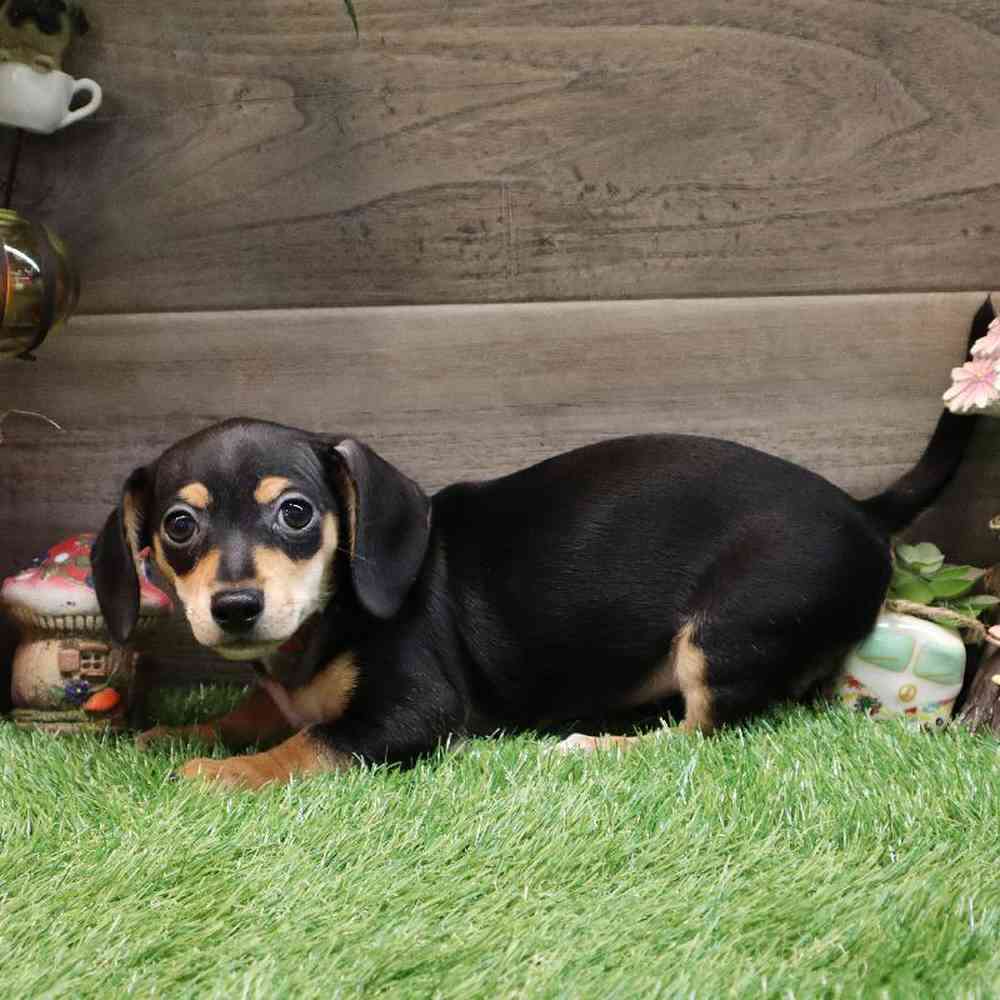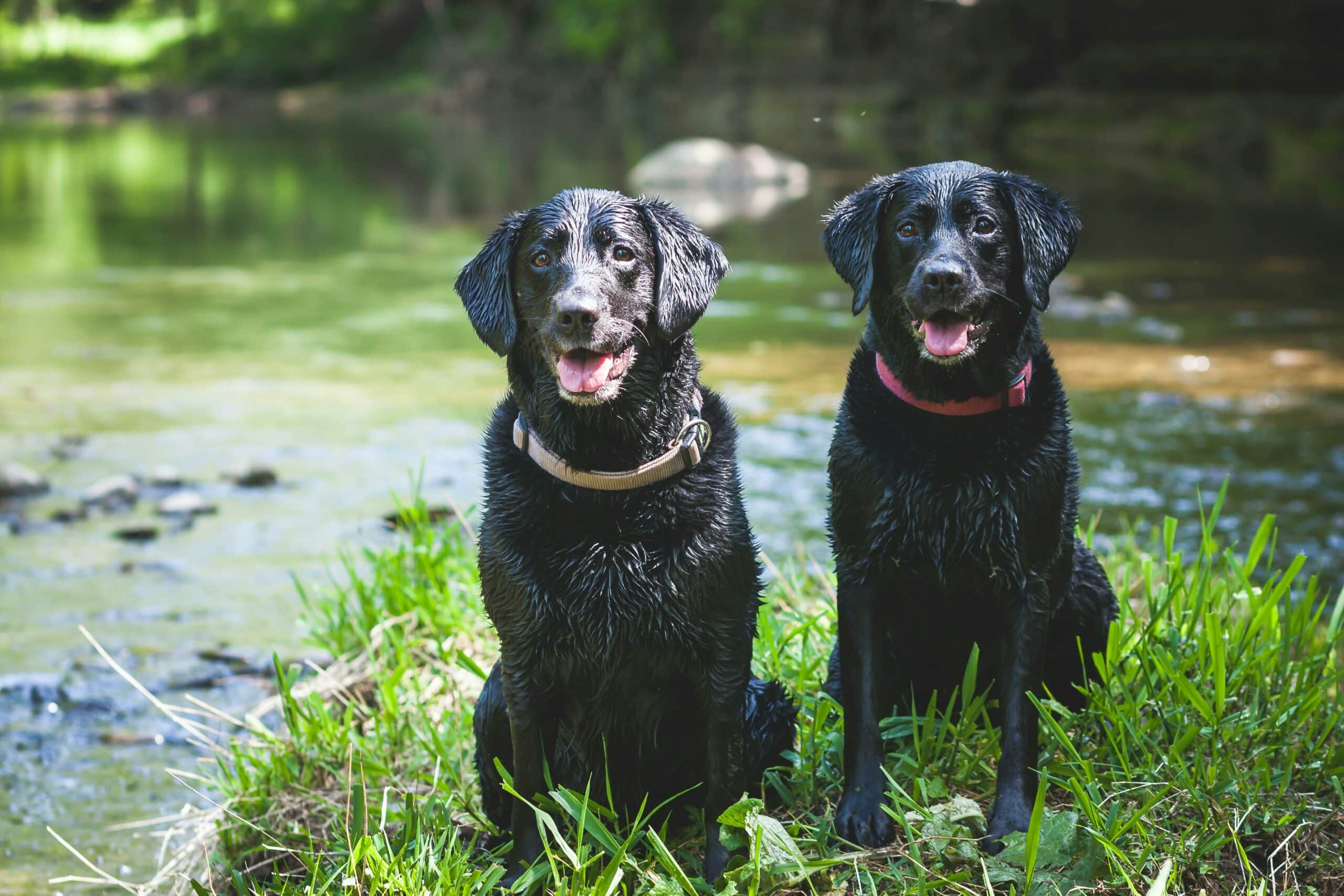As a first-time dog owner, I’ve been overly cautious about everything that concerns my beloved Labrador, Bruno. His diet, in particular, has been the subject of extensive research and careful planning. Imagine my panic when, during a family barbecue, I turned around to see my nephew sneak Bruno a big, juicy slice of tomato.
I had heard mixed advice about feeding dogs tomatoes, and seeing Bruno chomp down on the red slice sent me into a frenzy of worry. Was it safe? Could this harm him? I quickly pulled out my phone and started scouring the internet for answers.
Are Tomatoes Safe For Dogs?
Yes, dogs can eat tomatoes, but there are a few things to keep in mind. Ripe tomatoes are generally safe for dogs to eat in moderation. However, the green parts of the tomato plant, such as the stem and leaves, contain a toxic substance called solanine and should be avoided. Additionally, unripe tomatoes can also contain solanine, so it’s best to stick to ripe, red tomatoes and remove the stems and leaves.
As with any new food, you should introduce tomatoes to your dog’s diet gradually to see how they react, and always consult with your veterinarian if you have any concerns about what is safe for your pet.
Why Can’t Dogs Eat Raw Tomatoes
The main concern with raw tomatoes relates to their solanine content, a natural chemical found primarily in green, unripe tomatoes and the green parts of the tomato plant, like the leaves and stems. Solanine is toxic to dogs in large quantities and can cause gastrointestinal distress, lethargy, and more serious health issues if consumed in significant amounts.
Ripe red tomatoes have significantly lower levels of solanine, making them safer for dogs to eat. However, they should still be given in moderation as a treat rather than a regular part of a dog’s diet. The acidity of tomatoes can also cause stomach upset in some dogs, particularly if they eat too much or have a sensitive stomach.
When feeding your dog raw tomatoes, it’s important to ensure they are fully ripe and free of any green parts. It’s also wise to remove the seeds and chop the tomatoes into small pieces to prevent choking hazards and make digestion easier. As always, introduce any new food gradually and monitor your dog’s reaction to it. If you’re unsure about feeding your dog tomatoes, it’s best to consult with a veterinarian for guidance tailored to your dog’s health and dietary needs.
How Many Tomatoes Can My Dog Eat?
The amount of tomatoes a dog can safely eat depends on their size, overall diet, and individual tolerance. Generally, tomatoes should only be given as an occasional treat, not as a regular part of a dog’s diet. For a small dog, a few small pieces of tomato might be sufficient, while a larger dog might handle a few slices.
The key is moderation. Tomatoes offer some nutrients and antioxidants, but they are not essential for a dog’s diet and should be given as a supplementary treat rather than a staple. Always remove the seeds and any green parts to ensure safety, and start with a small amount to see how your dog reacts. If your dog enjoys tomatoes and doesn’t show any adverse reactions like stomach upset or allergic responses, you can offer them occasionally. However, if you’re unsure or if your dog has specific health issues, it’s best to consult with your veterinarian before incorporating tomatoes into their diet.
Overall, while tomatoes can be a healthy snack in small quantities, they should never replace a portion of your dog’s regular balanced diet.
What Foods Are Safe For Dogs
Many fruits and vegetables can be safely included in your dog’s diet, offering a variety of health benefits and flavors. Here’s a list of some safe options, including watermelon:
- Carrots: Good for a dog’s teeth, carrots are low in calories and high in fiber and vitamins.
- Apples (without seeds): Apples are a good source of vitamins A and C, and fiber, helping to clean residue off a dog’s teeth, which helps to freshen their breath.
- Blueberries: Known for their antioxidant properties, blueberries are great for dogs and can help with aging and heart health.
- Watermelon (without seeds or rind): Watermelon is packed with vitamins A, B6, and C, and potassium. It’s also hydrating due to its high water content, making it a refreshing treat.
- Cucumbers: Especially good for overweight dogs, cucumbers have little to no carbohydrates, fats, or oils and they can even boost energy levels.
- Green Beans: All types of green beans are safe for dogs, and are full of important vitamins and minerals.
- Pumpkin: Great for a dog’s digestion, pumpkin can help with both diarrhea and constipation.
- Sweet Potatoes: Rich in fiber, vitamins B6 and C, and beta carotene, sweet potatoes are another good digestive aid.
- Spinach: Although high in iron and packed with nutrients, spinach should be given in small amounts because it contains oxalates, which can cause kidney damage if consumed frequently in large amounts.
- Peas: Green peas are a good source of the B vitamin Thiamin, phosphorous, and potassium.
When feeding your dog fruits and vegetables, it’s important to introduce new foods gradually and in moderation to monitor for any adverse reactions. Additionally, always remove seeds, pits, stems, and leaves which can be harmful or cause intestinal blockages. Always consult your vet before introducing new foods into your dog’s diet, especially if your dog has specific health issues.
Conclusion
From what I could gather, ripe, red tomatoes in moderation were generally safe for dogs, but the green parts of the plant and unripe tomatoes were a definite no-no because of solanine—a toxin that could be harmful. Relief washed over me as I realized the tomato slice was indeed ripe and red, free from any green or unripe parts.
Still, I monitored Bruno closely for the next few hours. Thankfully, he showed no signs of distress or discomfort. To be on the safe side, I decided that future snacks would be limited to dog-specific treats, and any human food would need a vet’s approval before sharing with Bruno.
That night, as I watched him sleeping peacefully, I made a mental note to keep a closer watch during family gatherings and to educate my family about what snacks were safe for Bruno. It was a small scare that taught me a big lesson on being vigilant about my dog’s diet.

